How do you study bats?
There are two major methods for studying bats: catching them in nets or recording them with acoustic devices. Netting bats produces a small amount of extremely detailed information, while recording bats provides a large amount of comparatively broad information. In a future post, we will cover studying bats using acoustic methods, but here we will focus on how we capture bats in nets.
When I tell people that I catch bats with mist nets, they often confess they picture me standing in a field with a large butterfly net, waiting for a bat to get close. While this would be an impressive feat, that is not the kind of net we use to capture bats.
Instead, we extend large, polyester mesh nets – called mist nets- across corridors used by bats. The nets are connected to poles on either side, which keep the nets taut. On each pole is a pulley system that allows us to lower the net when we catch a bat so we can remove it safely. We often stack nets on top of each other to increase the height of our vertical trap. For example, a triple-high net is three nets stacked on top of each other. Each net is 2.6m tall, so a triple-high net is 7.8m tall and allows us to catch bats flying high above the ground.

The mesh is thin and difficult to see (trust me! I have walked into my own nets more times than I would like to admit). While we
may have a difficult time seeing the net, bats can detect nets in two ways. They can see mist nets with their eyes – particularly when the moon is bright or the net is in the open – AND they can detect nets with echolocation. This makes bats extremely difficult to catch!
We try to get around this by placing nets in a way that funnels bats into the net. The idea is that, by the time a bat has detected the net, there is not a way for them to fly around it. We meticulously erect our nets in the best part of the corridor, or flyway, that provides an optimal funnel. An ideal net setup has trees and bushes along the sides, preventing bats from flying around the net, as well as overhanging branches covering the top. The overhanging branches force the bat to drop down and fly under the branches while obscuring the top of the net. Ideally, this keeps bats from being able to fly over the net, but it is by no means foolproof! Bats are incredible fliers and are maddeningly successful at cutting away from a net at the last minute. Essentially, we are catching the bats that are not paying attention.

All 13 species of bat documented in Beaufort County have the sharp teeth required to slice through insect exoskeletons. Unfortunately, those same sharp teeth help bats chew their way out of mist nets. After we open our nets at sunset, we check them every 7 minutes to make sure we remove bats before they chew their way out and to prevent bats from getting too tangled and hurting themselves.

Once we have removed a bat from the net, we process it using a standardized protocol. We weigh each bat and identify its species, sex, and reproductive condition. For males, we inspect their genitals to see if they are reproductive or nonreproductive. For females, assessing the reproductive condition allows us to document whether they are pregnant, nursing pups, or have nursed pups in the last few months. We palpate the female’s abdomen to see if her stomach feels full and hard – two good indications she is pregnant. Each species of bat has a specific weight range, so her weight gives us information about pregnancy too; if she is on the heavier side of her species’ range, there is a good chance she is pregnant and her weight is reflecting the weight of her pup. If she is not pregnant, we inspect her nipples to see if she is producing milk or has lost a ring of fur right around her nipples. While the pups are suckling, they remove a ring of fur around the female’s nipple that lasts about a month or so after the pup has weaned before the fur eventually grows back. If we catch a bat that is no longer producing milk but is missing a ring of fur around her nipple, we know she is “post-lactating” and had a pup earlier in the year.

After assessing reproductive condition, we measure the length of the right forearm before inspecting the wings for damage and scarring. We also determine if a bat is an adult or young-of-the-year by looking at the status of fusion of their finger bones. Just like us, young bats are born with joints that are not completely fused, and fusion of these joints happens as the pup grows. We hold their wings over a light to determine if we can see “windows” in the unfused joints.

Because Palmetto Bluff is a long-term study site, we band almost all the bats we catch. The band fits over the bat’s forearm like a cuff bracelet, allowing the band to move freely on the forearm without puncturing the wing membrane. Each band has a unique alphanumeric ID, and if we recapture a banded bat, we know exactly who it is and where we caught it previously.

For some species, we are interested in where they are spending the daylight hours, how far they traveled to the net site while foraging, and the kind of structure they are roosting in. To learn this, we can place a transmitter on the bat before releasing it at night and then track it to its roost during the day. If we are lucky, we can find the bat in its roost using a spotting scope.

The federally protected northern long-eared bat pictured above was roosting under exfoliating bark on a pine tree. Stay tuned for more information on tracking bats in an upcoming guest post by Sam Holst, Conservancy research fellow.
Throughout the night, we decontaminate our equipment to reduce the risk of spreading spores that cause white-nose syndrome, a disease that is decimating populations of bats in the United States and Canada. Although we have not detected this disease on our coast yet, we pre-emptively treat our equipment as if we have it. We spray all equipment that has touched a bat with alcohol before using it on another bat. We handle bats while wearing latex gloves and change out gloves between bats. We also decontaminate our nets, poles, clothes, and all other equipment used at the processing station. Because of our potential of spreading SARS-CoV-2 to bats, we take the additional precaution of wearing ventless N95 masks while handling them. The safety of bats while they are in our nets and our hands is our first priority.
This covers the basic process of how biologists catch bats for research. If you are biking in River Road Preserve and run into us netting, feel free to stop and chat with us! Regrettably, the summer netting session is coming to a close. Next month I will give an update on the exciting captures from the summer!
Want to learn more about Lydia’s important work studying bats at Palmetto Bluff? Explore the Dusk to Dawn series, covering everything from common myths and urban legends to threats facing our winged friends. Learn more.

Marie McConnell Director of Member relations, Palmetto Bluff Club Where are you from and how did you get here? I am from Buffalo, New York—born and raised. Go Bills! My husband and I got married at Sea Pines in Hilton Head in 2012 and fell in love with the ...
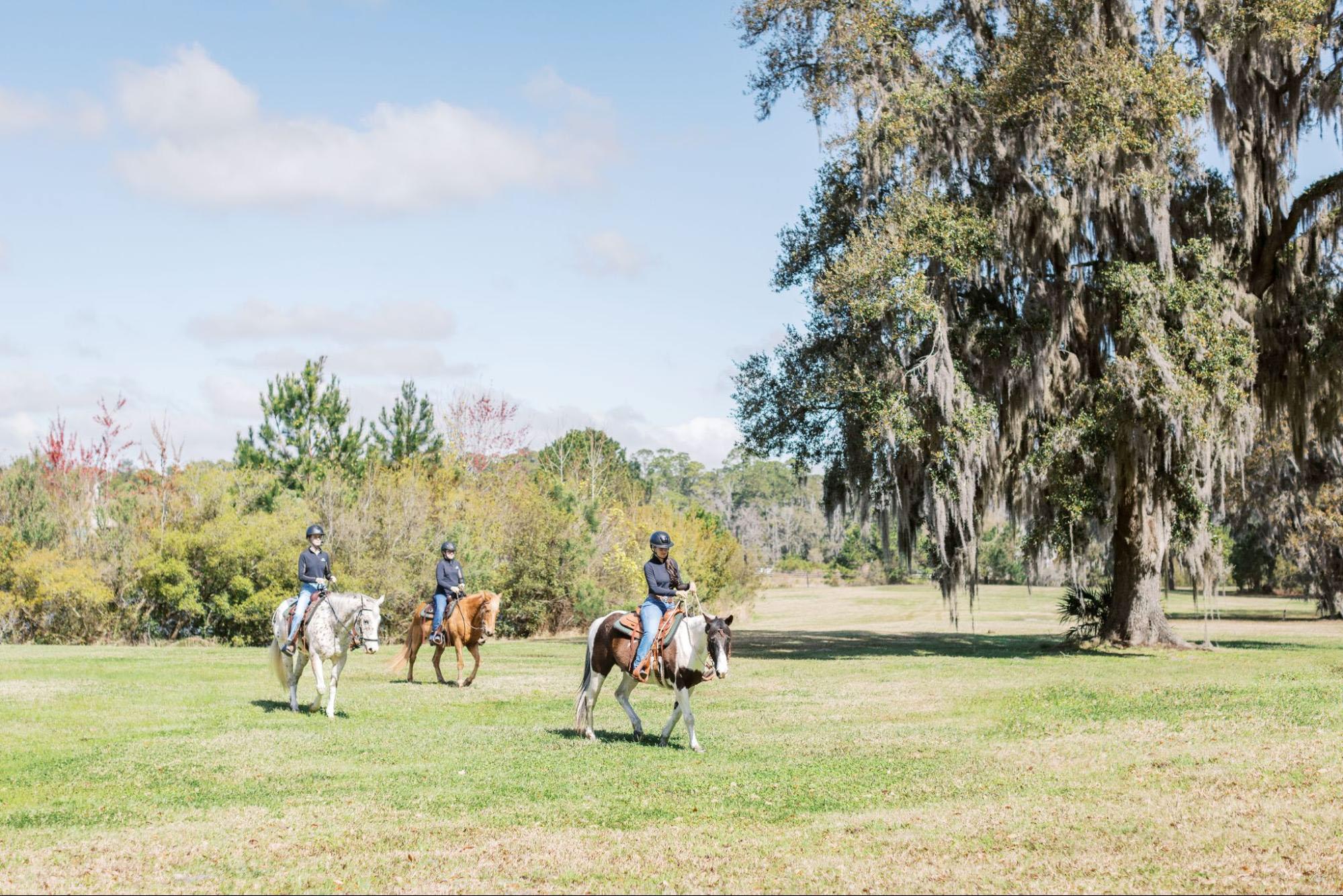
Nestled amidst the tranquility of Palmetto Bluff, Longfield Stables stands as a beacon of serenity amid lush green pastures and the gentle presence of grazing horses. Its picturesque setting makes it a haven not only for the esteemed Palmetto Bluff Club Member...

The Conservancy is looking forward to another summer of fun with our upcoming kid's programs! Wild Child Camp and Junior Naturalist Camp will have dedicated weeks in June. Registration is $200 per child for the week. To participate, parents must fill out t...
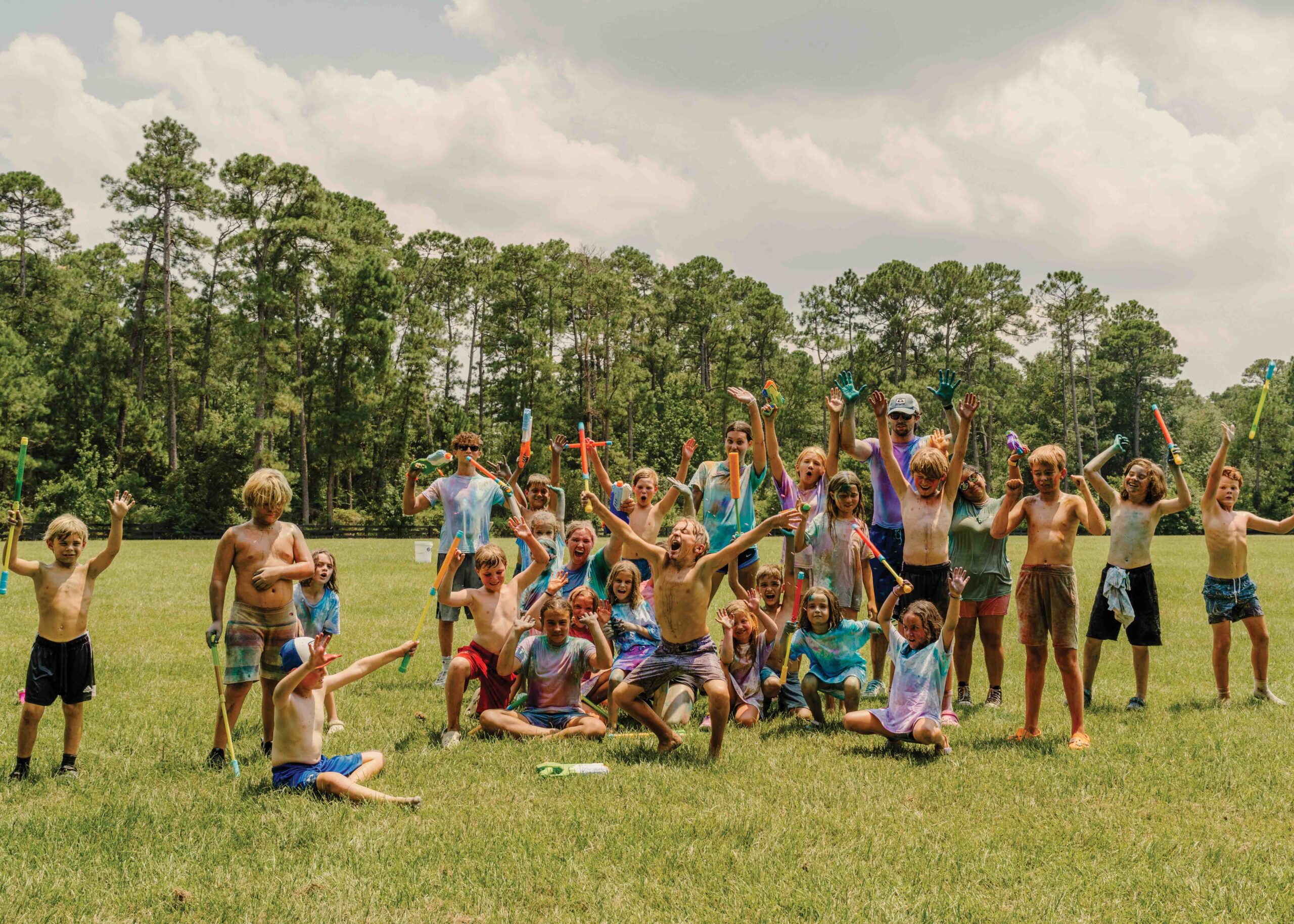
Photographs by Summer Pagatpatan Palmetto Bluff is a wilderness playground for families, a gateway to the outdoors, to living life close to nature. Palmetto Bluff Growing Outdoors, or PBGO, encompasses the ethos of this extraordinary place. CampGO is PBGO’...
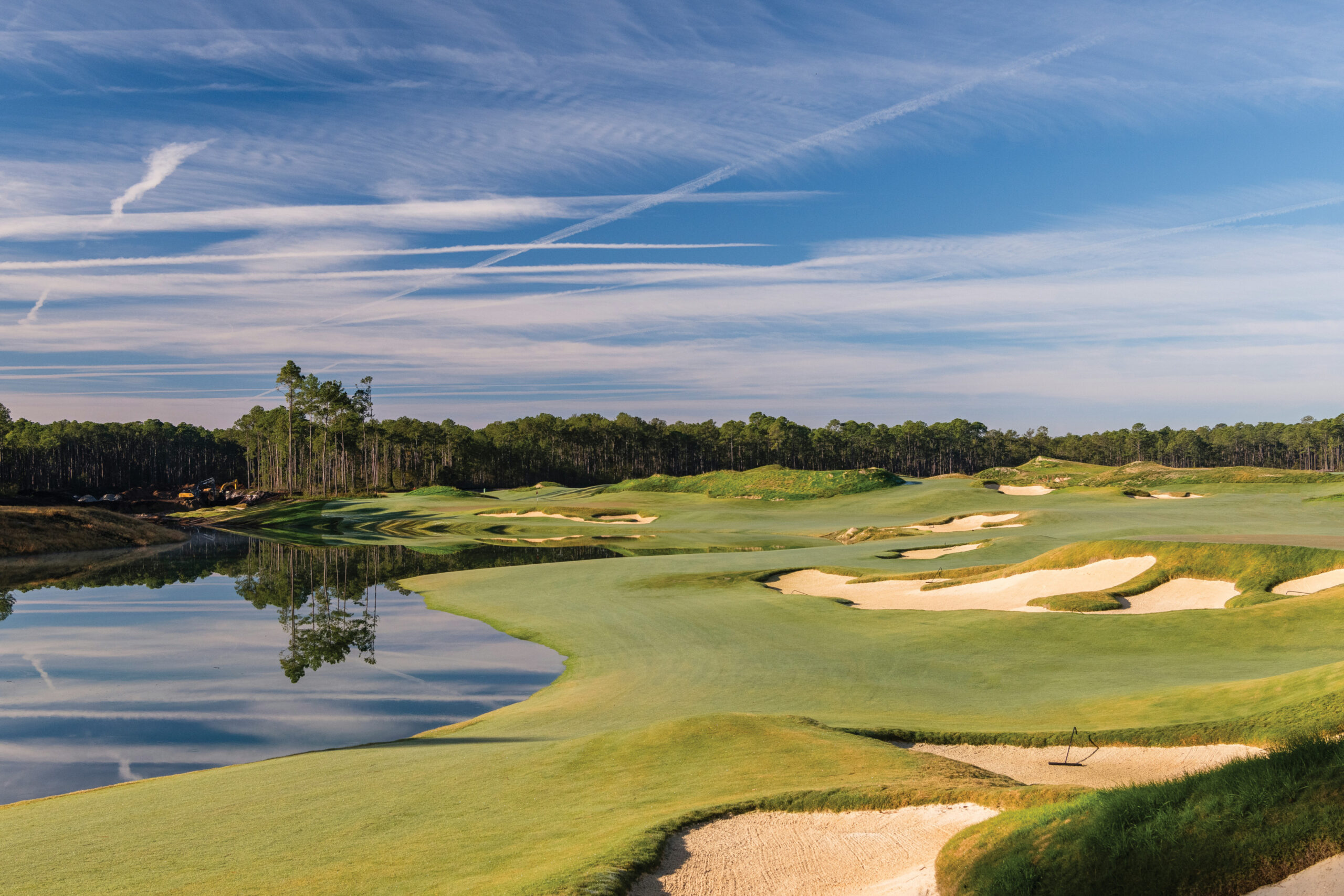
Discover the May River and Crossroads Golf Courses at Palmetto Bluff Positioned within the enchanting Lowcountry landscape, Palmetto Bluff boasts an array of world-class amenities, with its golf courses standing as a testament to the community's commitment to...
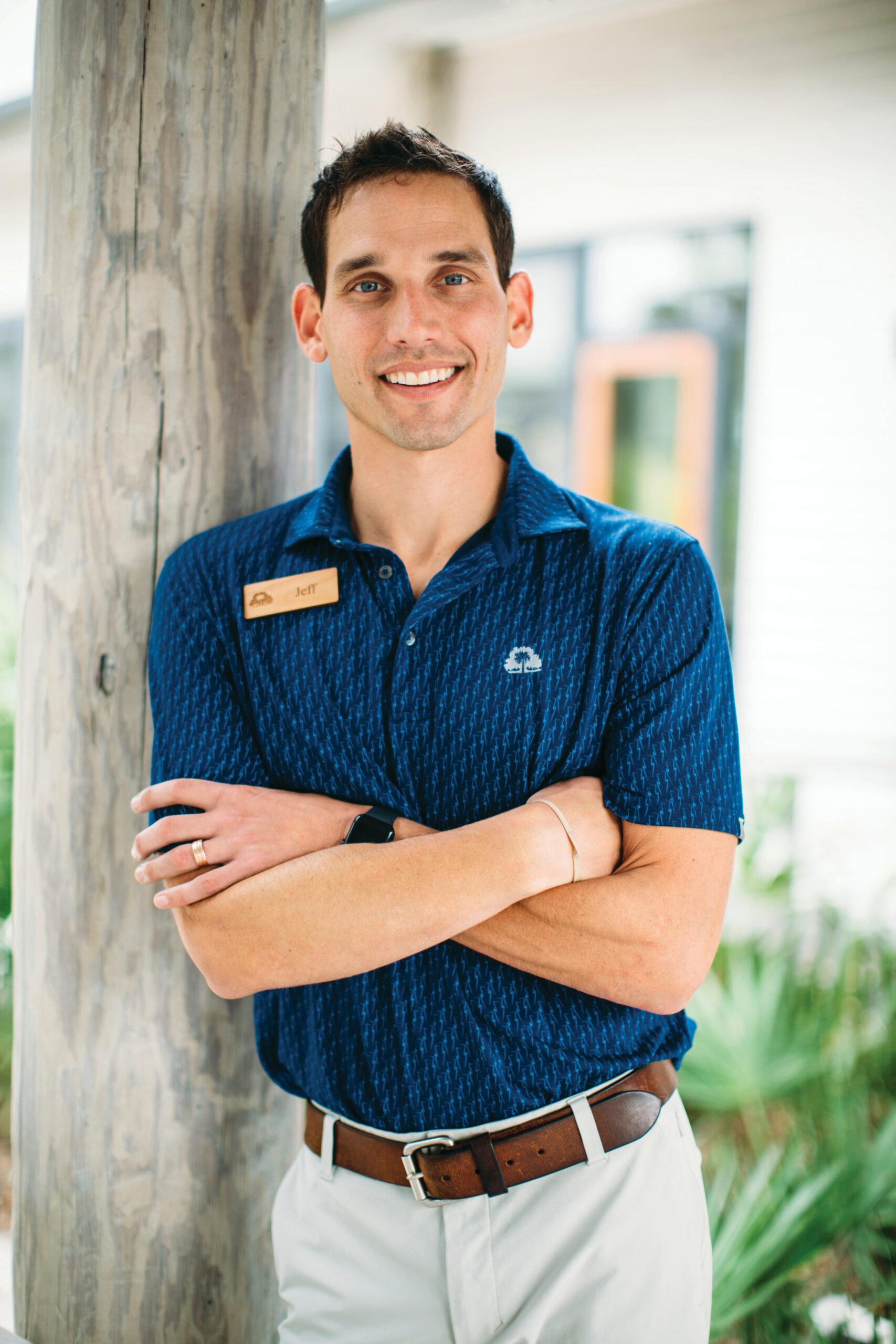
Jeff’s Journey to the Palmetto Bluff Fitness and Wellness Team Palmetto Bluff is located amidst the serene landscapes of the Lowcountry, a tranquil haven where wellness intertwines seamlessly with nature's splendor. Jeff Ford, the Palmetto Bluff Club's Direct...

5 Benefits of Living in South Carolina Known for its charming small towns, pristine coastline, and natural beauty, the South Carolina Lowcountry is one of the most popular places to live. The Lowcountry is a unique and desirable place to live, offering an arr...
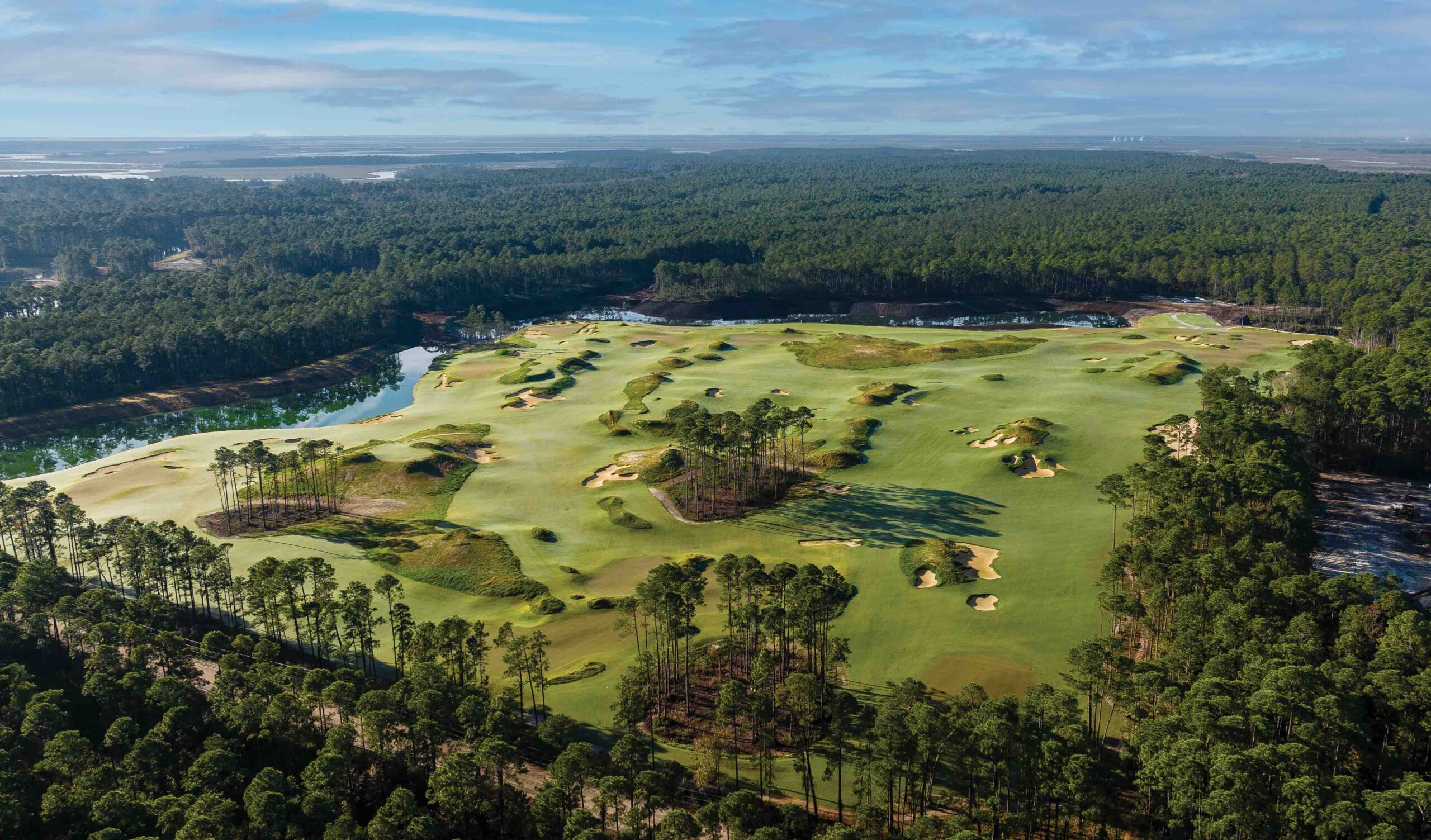
Photographs by Patrick O’Brien Words by Rob Collins Designer Rob Collins of King-Collins offers a first look at Crossroads, Palmetto Bluff’s new nine-hole reversible golf course. It is a feat of design. One routing, The Hammer, is a whirlwind of angles and u...

Story by Katie Epps Photographs by Joel Caldwell Beneath Palmetto Bluff’s sprawling oaks lie twelve cemeteries that serve as the final resting places for hundreds of people and nine dogs. Five of these cemeteries were started as burial grounds for enslaved...

Putting Down Strong Roots The Grove seamlessly combines curated style with courtyard living, welcoming the lush beauty of the Lowcountry at every doorstep. With twelve homesites meticulously designed to maximize outdoor living, Palmetto Bluff Builders offer...
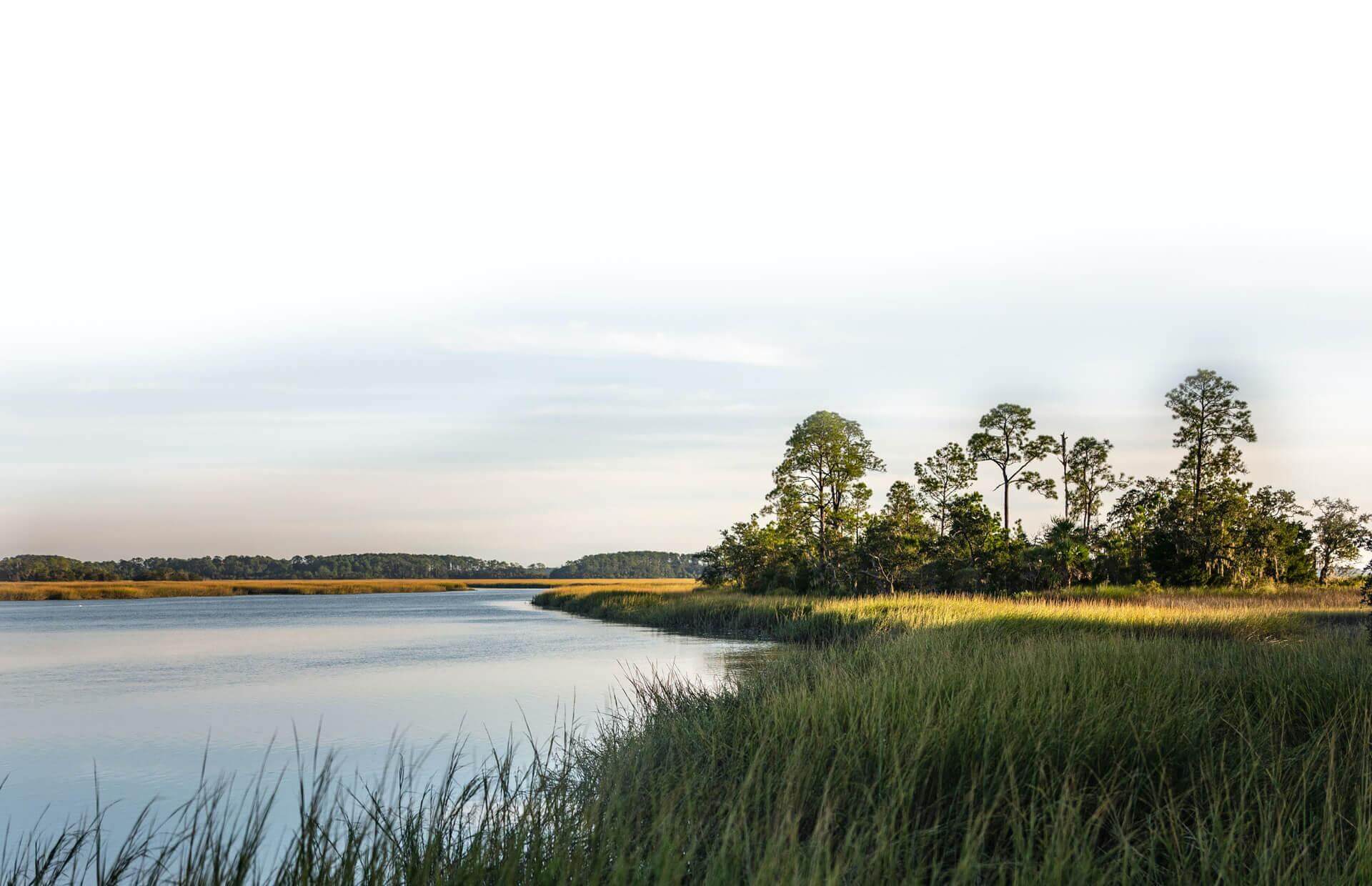
Learn about the Palmetto Bluff Conservancy and how we keep the vision of our land in place.
On land or water, there is an ever-evolving variety of activities.
We do not attempt to independently verify the currency, completeness, accuracy or authenticity of the data contained herein. All area measurements and calculations are approximate and should be independently verified. Data may be subject to transcription and transmission errors. Accordingly, the data is provided on an “as is” “as available” basis only and may not reflect all real estate activity in the market”. © [2023] REsides, Inc. All rights reserved. Certain information contained herein is derived from information, which is the licensed property of, and copyrighted by, REsides, Inc.